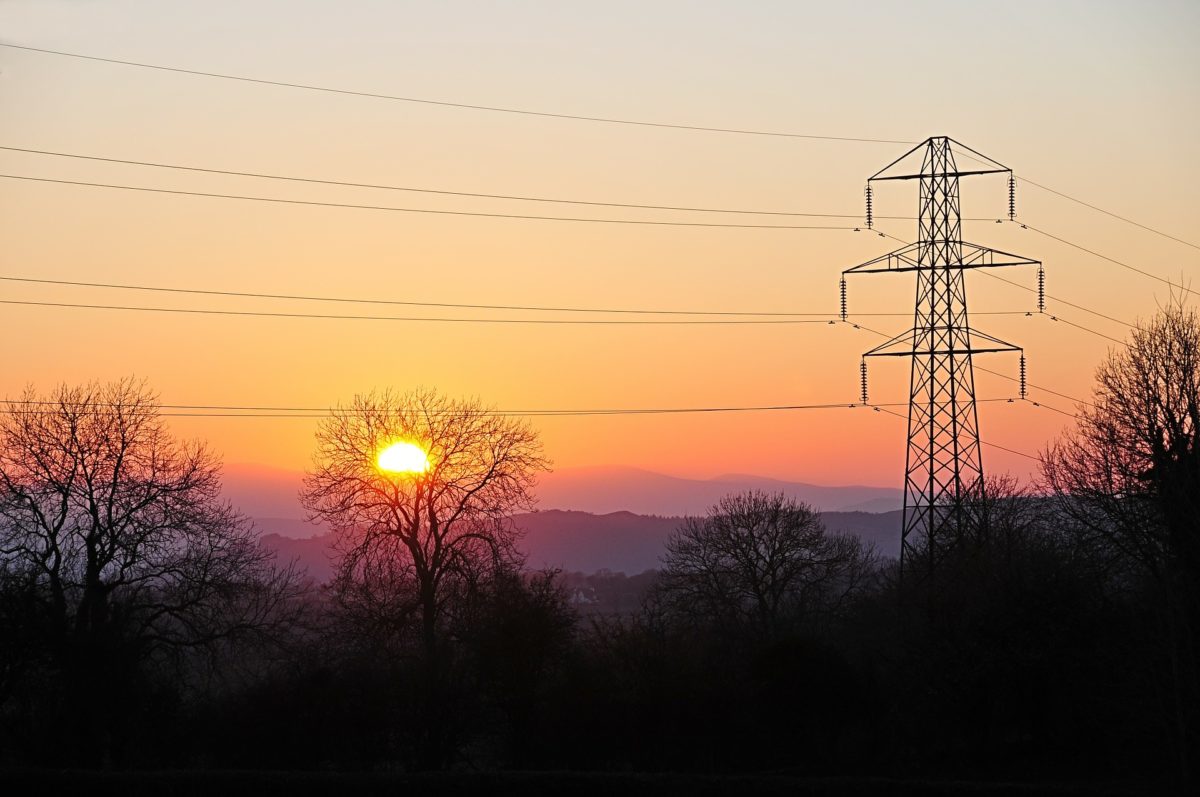Cross-border solar trade could support EU plans for the construction of a stronger, more interconnected European electricity system that would benefit from the complementary relationship between PV generation in the southern part of the continent and wind generation in the northwest, according to a new study by the Joint Research Centre (JRC), the European Commission’s science and knowledge service.
However, the authors of the paper believe there is an urgent need for a roadmap and action plan for cross-border renewables trade. Such plans should involve all possible stakeholders, including industry players, governments, regulators, scientific entities and civil society. The report highlights how First-of-a-Kind (FOAK) cross-border solar electricity projects may only be developed with strong interaction between the aforementioned entities and support for the development of such networks in specific parts of the EU.
“The best solar resource potential is found in some of the less developed regions in Europe,” the researchers said. “The deployment of such projects could create remarkable social and economic impacts for such regions, contributing to reduce regional disparities within Europe.”
The study — conducted in the frame of the Smart Specialization Platform on Energy (S3PE), which aims to strengthen energy cooperation between EU countries — notes that roadmaps and action plans should be based on the Technology Innovation System (TIS) approach, under which the primary goal is to select a subset of key actors within cross-border electricity projects. This method is also said to take into account potential drivers and development barriers for cross-border solar schemes, while also providing an integrated and systemic framework.
The authors of the paper claim that cross-border renewable energy projects should be backed by efficient communication and consultation campaigns, in order to avoid “nimby” (not in my backyard) effects. They identified seven key issues for project feasibility, including advocacy needs, electricity system value, research synergies, business plan development, European Commission support, techno-economic plant configurations, and acceptance by civil society.
The lessons learned from the implementation of an action plan could also support other regions in more effectively exploiting their electricity export potential across Europe, the JRC experts concluded.
So far, only Denmark and Germany have implemented a tender for cross-border solar power trade within the EU. In the cross-border Danish-German pilot solar auction, held in 2016, all selected projects were assigned to Danish developers.
On the other hand, cross-border trade possibilities and flexibility options to accommodate a higher share of variable renewable energy are identified as key aspects of the future EU electricity system, as described in the Clean Energy for All Package.
A week ago, the bloc opened another call for applications to build cross-border energy infrastructure projects under its Connecting Europe Facility (CEF).
This content is protected by copyright and may not be reused. If you want to cooperate with us and would like to reuse some of our content, please contact: editors@pv-magazine.com.




By submitting this form you agree to pv magazine using your data for the purposes of publishing your comment.
Your personal data will only be disclosed or otherwise transmitted to third parties for the purposes of spam filtering or if this is necessary for technical maintenance of the website. Any other transfer to third parties will not take place unless this is justified on the basis of applicable data protection regulations or if pv magazine is legally obliged to do so.
You may revoke this consent at any time with effect for the future, in which case your personal data will be deleted immediately. Otherwise, your data will be deleted if pv magazine has processed your request or the purpose of data storage is fulfilled.
Further information on data privacy can be found in our Data Protection Policy.